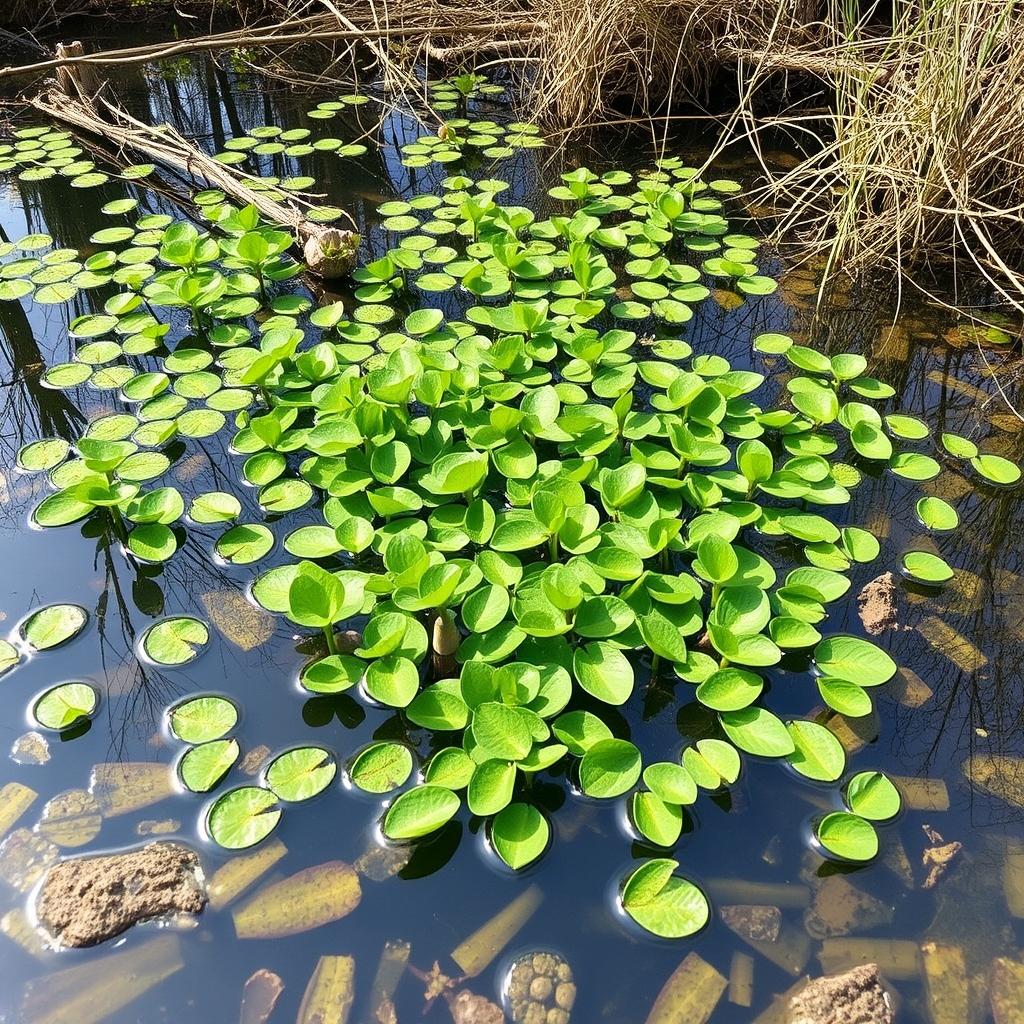Sustainable Enjoyment & Balancing Human Interaction
Balancing Human Interaction when it comes to waterways and beaches is hard as this is some of the most beautiful and enjoyable parts of our natural environment. They provide us with places to relax, play, and explore. However, our love for these areas can sometimes lead to environmental harm. This post aims to provide guidance on how we can balance our enjoyment of these spaces with the need to protect them.
The Impact Of Human Activity & Balancing Human Interaction
Human activities can have a significant impact on waterways and beaches. Littering, trampling on vegetation, disturbing wildlife, and water pollution are just a few examples of how we can inadvertently harm these environments. It’s important to be aware of these impacts and take steps to minimize them.

Balancing Human Interaction with Waterways and Beaches
Sustainable Practices For Balancing Human Interaction
————————
Leave No Trace
The “Leave No Trace” principle is a great place to start. This means taking all of your rubbish with you when you leave and avoiding activities that can damage the environment, such as lighting fires or removing plants.
Respect Wildlife
Wildlife should be observed from a distance and never fed or disturbed.
Use Established Paths
Stick to established paths where possible to avoid damaging vegetation and disturbing wildlife habitats.
Technology and Sustainability
Technology can also play a part in helping us interact sustainably with our environment. Apps can provide information about local flora and fauna, helping us to understand and respect the ecosystems we’re enjoying. They can also provide updates on beach conditions, helping us to avoid areas that might be at risk.

Balancing Human Interaction with Waterways and Beaches
The Importance of Balance
The need to balance human interaction with our waterways and beaches is driven by two main factors: the preservation of natural beauty and the protection of biodiversity.
Preserving Natural Beauty
Waterways and beaches are among the most cherished natural landscapes. They offer serene views, recreational opportunities, and a connection to nature that many of us crave. However, excessive or irresponsible human activity can degrade these areas, leading to erosion, pollution, and a loss of natural beauty. By balancing our interactions, we can ensure that these landscapes remain pristine for future generations to enjoy.
Protecting Biodiversity
Waterways and beaches are also home to a wide variety of plant and animal species. These ecosystems are delicate, and human activities can easily disrupt them. Disturbance to wildlife, damage to plant life, and pollution can all have devastating effects on biodiversity. By interacting responsibly with these environments, we can help to protect these species and preserve the health of our ecosystems.
The Impact of Balanced Interaction
One might wonder if individual efforts to balance human interaction with waterways and beaches actually make a difference. The answer is a resounding yes. Every action, no matter how small, contributes to the overall health and sustainability of these environments.
Balancing Human Interaction
Balancing our interaction with waterways and beaches is not just about preserving them for our own use, but also about respecting and protecting the myriad of life that calls these places home. It’s about co-existing harmoniously with nature and acknowledging the intrinsic value that these environments hold.
Individual Impact
Each piece of litter not discarded, each wildlife not disturbed, and each plant not trampled contributes to the preservation of the natural environment. When we choose to follow sustainable practices, we reduce our individual environmental footprint. Over time, these small actions can add up to significant positive change.
Collective Impact
While individual actions are important, their true power lies in their collective impact. When communities, societies, and nations adopt sustainable practices, the effect is magnified exponentially. A beach kept clean by hundreds or thousands of visitors is far more sustainable than one cleaned by a single individual.
Long-term Benefits
Balanced interaction also has long-term benefits. It helps to preserve these environments for future generations, ensuring that they too can enjoy and learn from them. Moreover, healthy waterways and beaches support biodiversity, contribute to climate regulation, and provide resources that we rely on, such as fish and other seafood.
In conclusion, every effort to balance our interaction with waterways and beaches does indeed make a difference. It’s a testament to the power of individual and collective action in preserving our natural world.
Conclusion
Balancing human interaction with the environment is crucial for the sustainability of our waterways and beaches. By following the principles outlined in this post, we can all do our part to ensure these beautiful spaces are preserved for future generations to enjoy.
Join the Discussion
We hope this blog post has given you some food for thought about the importance of balancing human interaction with our waterways and beaches. But the conversation doesn’t have to end here.
Have you implemented any of the sustainable practices mentioned in this post? How have they impacted your experiences at the beach or along the waterways?
Do you have any other tips or strategies for balancing enjoyment of these spaces with environmental responsibility?
How do you think technology can further aid in promoting sustainable practices in these areas?













Maroubra Beach Breathtaking Paradise Of Culture
[…] of Sydney’s coastline.Water sports enthusiasts will find plenty to do at Maroubra Beach, with opportunities for snorkeling, stand-up paddleboarding, and kayaking. Fishing is another popular activity, with designated areas […]